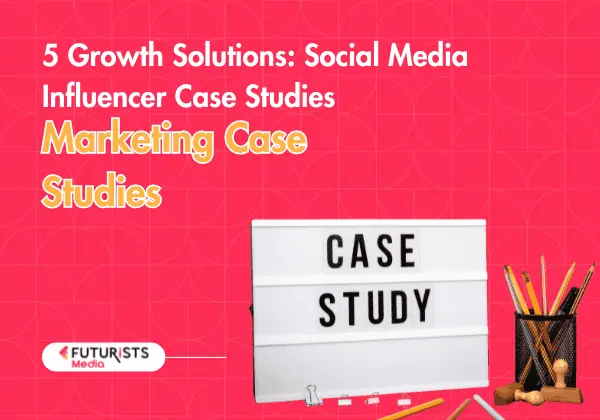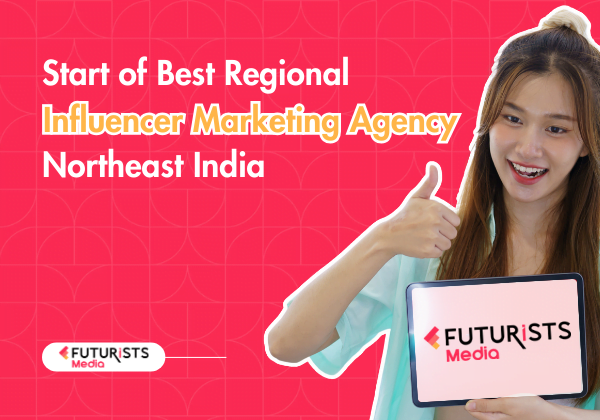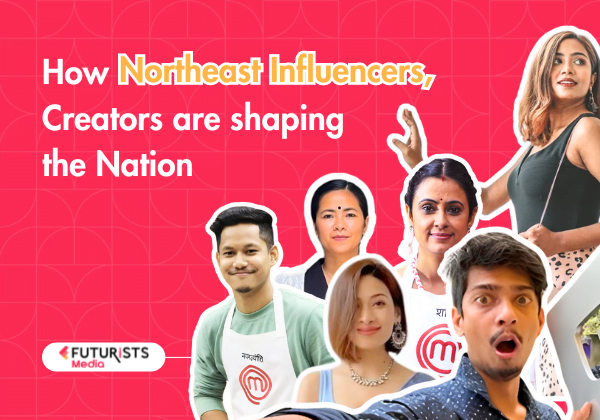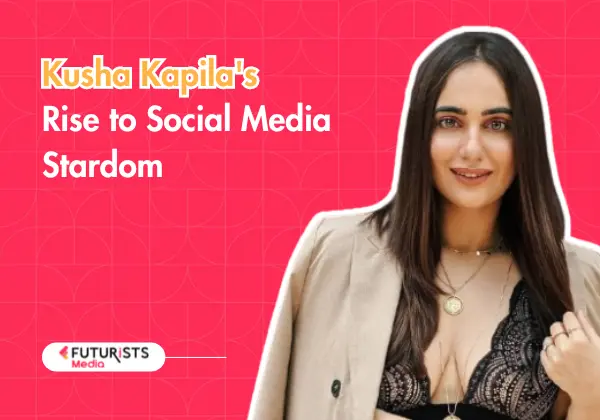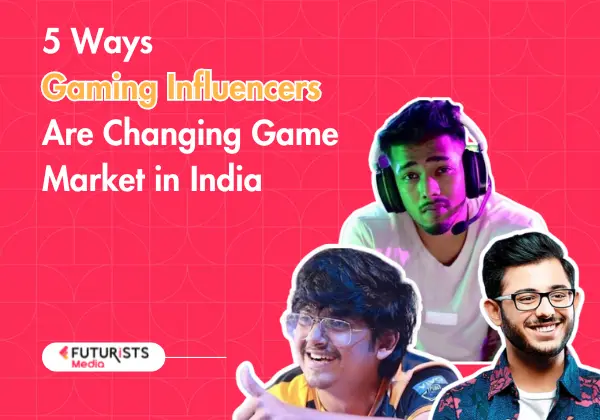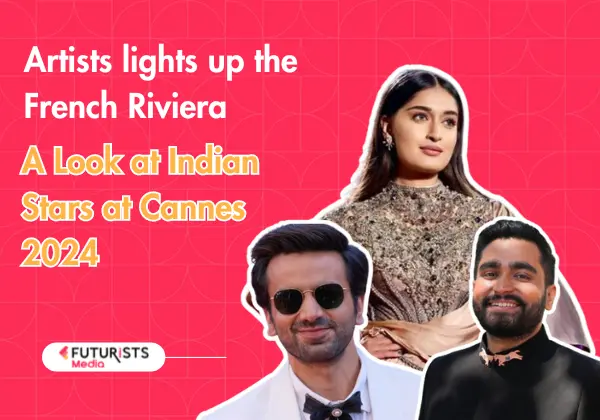In today’s digital world, social media influencers are the storytellers brands need to create meaningful connections with their audiences. It’s no longer just about pushing products – it’s about telling authentic stories that speak to people on a deeper level. As consumers turn to trusted voices for honest recommendations, influencer partnerships have become a game-changer, sparking real conversations and leaving lasting impressions.
By diving into real-life case studies, we get an insider’s look at what makes these campaigns so successful. These examples show us how brands have used creative strategies to engage their audiences, overcome challenges, and achieve tangible results. Whether it’s increasing sales or building brand awareness, these stories offer valuable lessons on how to make influencer marketing work wonders.
Understanding Social Media Influencer Marketing Case Studies
Social media influencer marketing is when brands team up with popular figures on platforms like Instagram, TikTok, and YouTube to help promote their products or services. These influencers already have a loyal following, and by partnering with them, brands can share their message in a way that feels more personal and authentic, rather than through traditional ads.
Looking at real-life case studies is a great way to learn how successful influencer campaigns work. They show us what strategies really connect with audiences, what challenges might pop up, and how to track the success of a campaign. Essentially, case studies give us a behind-the-scenes look at why certain campaigns hit the mark.
Good case studies usually include:
- Audience engagement: How well the campaign resonated with people.
- Campaign goals: What the brand wanted to achieve, whether it’s more followers, higher sales, or simply getting the word out.
- Measurable outcomes: Clear results, like sales numbers or social media interactions, that show how successful the campaign was.
By analyzing these case studies, brands can get better at planning their own influencer marketing campaigns and make smarter, more impactful decisions.

Case Study 1: Microsoft’s International Women’s Day Campaign with National
Microsoft’s #MakeWhatsNext campaign, in partnership with National Geographic, was a powerful initiative designed to encourage girls to explore and pursue careers in STEM (Science, Technology, Engineering, and Mathematics). Launched on International Women’s Day, this campaign sought to break down the barriers girls face in these traditionally male-dominated fields.
The campaign featured interactive workshops and a Facebook livestream, where women in STEM shared their personal journeys, insights, and the challenges they faced in their careers. By showcasing these real-life stories, the campaign aimed to inspire young girls, allowing them to envision themselves in roles within science, technology, and innovation.
This effort was part of Microsoft’s broader mission to bridge the gender gap in STEM education, advocating for greater representation of women in the field. The collaboration with National Geographic helped amplify the reach, combining Microsoft’s technology expertise with National Geographic’s extensive platform and commitment to global storytelling.
By celebrating female role models and providing a platform for their voices, the #MakeWhatsNext campaign contributed to reshaping the narrative around women in STEM and empowered the next generation to think beyond traditional gender roles.

2. Case Study 2: H&M’s Influencer Campaign
H&M’s influencer marketing strategy capitalized on the power of authentic endorsements to promote its latest fashion collection. By partnering with prominent influencers such as Julie Sariñana and Ela Velden, H&M was able to tap into their established online followings and reach a wider, highly engaged audience.
The core of the campaign was centered around genuine product integration, where influencers showcased how they naturally incorporated H&M items into their everyday lives. This approach not only made the content feel more relatable and personal, but it also resonated with audiences who trust influencers for honest, real-life recommendations.
The campaign’s impact was measurable: it saw a significant boost in engagement rates across H&M’s social media platforms, including more likes, comments, and shares. Moreover, this influencer-driven strategy contributed to substantial sales increases, demonstrating the strong influence that trusted digital personalities can have on consumer purchasing decisions in the fashion industry.
H&M’s collaboration with influencers showcased how authenticity in influencer marketing can create a more meaningful connection with consumers, ultimately driving brand awareness and conversion rates in a competitive market.

3. Case Study 3: Daniel Wellington’s Micro-Influencer Strategy
Daniel Wellington (DW) implemented a highly successful micro-influencer strategy that played a pivotal role in the brand’s rapid growth and social media success. The brand offered its signature watches to micro-influencers in exchange for posts featuring the product on platforms like Instagram. This approach allowed DW to effectively reach niche audiences and engage with followers who trusted the recommendations of influencers with smaller, yet highly dedicated followings.
The campaign emphasized user-generated content and encouraged influencers to share their personal experiences with the brand. This created a sense of community engagement, where fans and followers felt more connected to the brand. It also led to an organic spread of brand awareness, as each influencer’s post contributed to DW’s growing visibility and credibility.
This micro-influencer strategy proved incredibly effective, driving substantial sales growth. By collaborating with individuals who had a high level of engagement with their audiences, Daniel Wellington built authentic brand loyalty and trust, making the most of word-of-mouth marketing in the digital space.
DW’s success highlights how targeted influencer campaigns can create genuine connections with potential customers and lead to rapid brand expansion through engaged, highly relevant influencers.
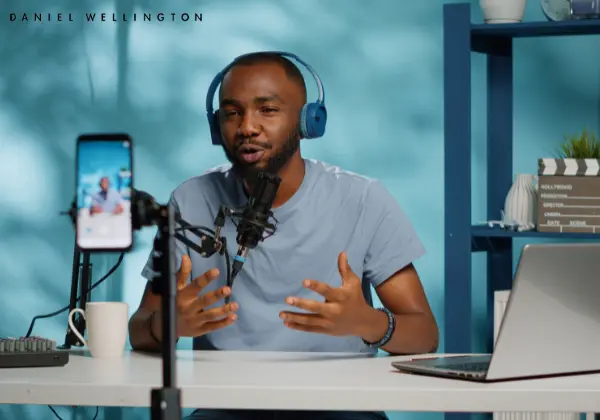
4. Case Study 4: Coca-Cola’s “Share a Coke” Campaign
Coca-Cola’s “Share a Coke” campaign, launched in 2011, sought to create personal connections between the brand and its consumers by replacing its iconic logo with popular names on bottles. This campaign invited customers to find bottles with their names or the names of loved ones, which added a personal touch and encouraged consumers to share the experience with others.
The campaign was further amplified through influencer partnerships, where social media personalities and celebrities shared their own experiences of finding personalized bottles. This led to a surge in user-generated content, with individuals posting pictures of their personalized Coke bottles online, creating a sense of community and engagement.
The results were astounding. Coca-Cola saw a significant increase in brand engagement, as people felt a stronger connection to the product, prompting them to purchase more. The campaign played a key role in reversing a decade-long decline in soda consumption, boosting both sales and brand perception. It tapped into emotional marketing, making Coca-Cola a symbol of sharing and togetherness.
The success of “Share a Coke” led to the campaign’s global expansion, with different countries adopting it and making their own versions. This contributed to an enhanced brand perception worldwide, reaffirming Coca-Cola’s position as a brand that values personal connection and consumer engagement.

5. Case Study 5: Gymshark’s Athlete Collaborations
Gymshark’s marketing strategy revolves around collaborating with fitness influencers, known as Gymshark Athletes, to promote its activewear. These athletes, ranging from fitness trainers to bodybuilders and wellness experts, share authentic content showcasing Gymshark’s products in real-world training settings. The emphasis on genuine endorsements and personal stories resonates with their audiences, building trust and fostering a deeper connection between the brand and its consumers.
This strategy has led to a surge in user-generated content, with fans and followers actively posting workout videos, transformation stories, and reviews using Gymshark products. The focus on community building has turned Gymshark into more than just a brand; it’s a movement that encourages individuals to stay active and engage with others who share similar fitness goals.
As a result, Gymshark has seen significant sales growth and a strong social media presence, with millions of followers on platforms like Instagram and YouTube, further solidifying its position as a leader in fitness apparel.

Conclusion
The case studies presented highlight key takeaways regarding the power of strategic partnerships with influencers in achieving marketing goals. Authenticity, audience engagement, and clear objectives are vital components of successful influencer campaigns. Marketers should consider these insights when planning their own influencer marketing strategies to foster meaningful connections with their target audiences.

